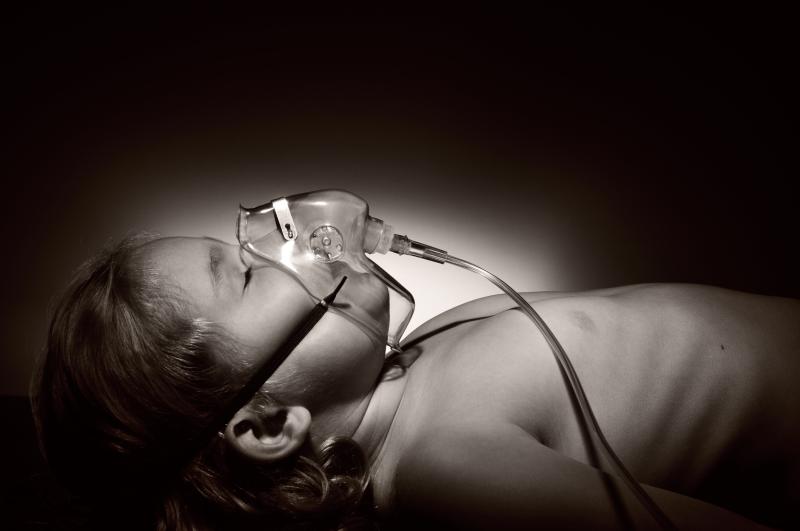
An observational cohort study in Zhejiang, China, has seen many asymptomatic children with the novel coronavirus disease (COVID-19), demonstrating the difficulty in isolating paediatric patients who do not have clear epidemiological information. In addition, this poses a serious situation in community-acquired infections.
The investigators retrospectively retrieved data for children (aged 0–16 years) with confirmed COVID-19 from electronic medical records in three hospitals in Zhejiang. The epidemiological and clinical features of these paediatric patients were recorded.
Thirty-six children (mean age, 8.3 years) were identified to be infected with severe acute respiratory syndrome coronavirus 2, the causative agent of COVID-19, from 17 January to 1 March 2020.
The most common route of transmission was by close contact with infected family members (n=32; 89 percent), followed by a history of exposure to the epidemic area (n=12; 33 percent). Eight patients (22 percent) had both exposures.
Of the infected children, 19 (53 percent) had moderate COVID-19 with pneumonia and 17 (47 percent) had mild clinical type. Among those with mild COVID-19, 10 were asymptomatic and seven had acute upper respiratory symptoms.
Fever (n=13; 36 percent) and dry cough (n=7; 19 percent) were common symptoms on admission. Four febrile patients had a body temperature of ≥38.5 °C, and nine with 37.5–38.5 °C.
Abnormal laboratory findings typically included elevated creatinine kinase MB (n=11; 31 percent), decreased lymphocytes (n=11; 31 percent), leucopaenia (n=7; 19 percent) and elevated procalcitonin (n=6; 17 percent).
Other variables associated with COVID-19 severity apart from radiographic presentations were as follows: decreased lymphocytes, elevated body temperature, and high levels of procalcitonin, D-dimer and creatinine kinase MB.
All paediatric patients were treated with interferon alfa by aerosolization twice a day. Fourteen children (39 percent) received lopinavir-ritonavir syrup twice a day, and six (17 percent) required oxygen inhalation. Mean hospitalization was 14 days. All patients recovered by 28 February 2020.
The COVID-19 outbreak started in Wuhan, China, and led to a global pandemic due to alleged censorship and delayed travel restrictions by the Chinese government. It has infected more than 800,000 people, with nearly 40,000 deaths, across the world as of this writing.